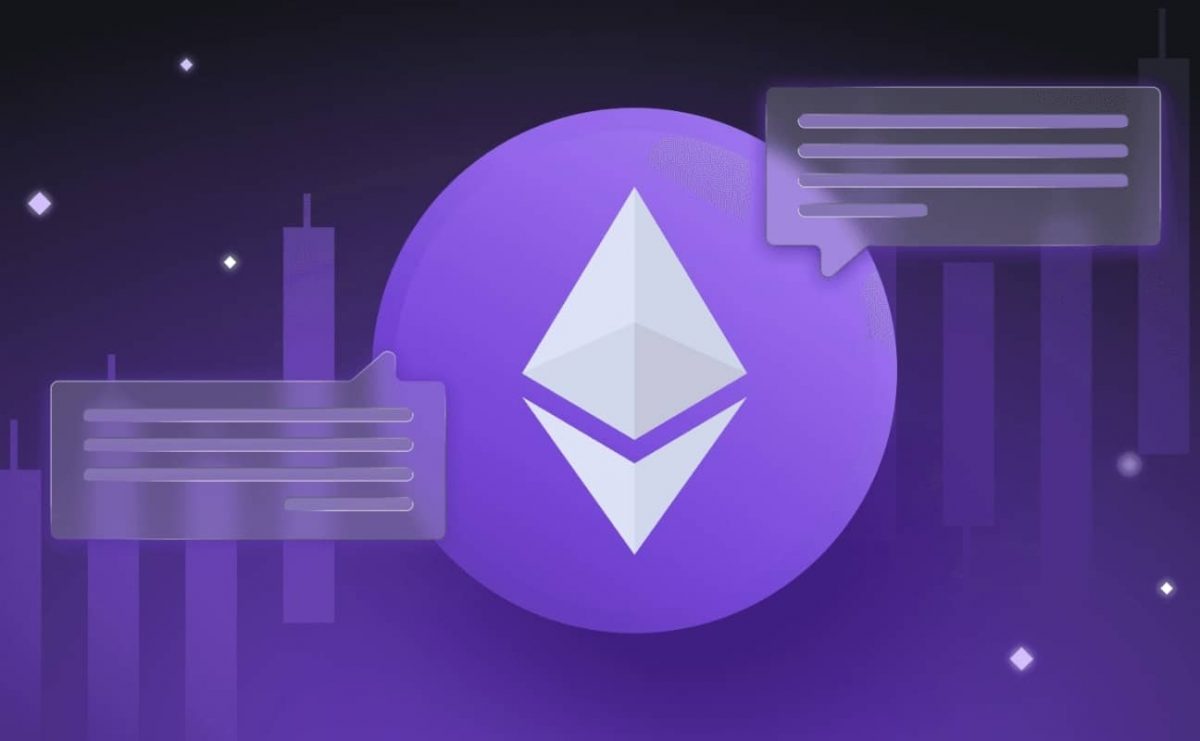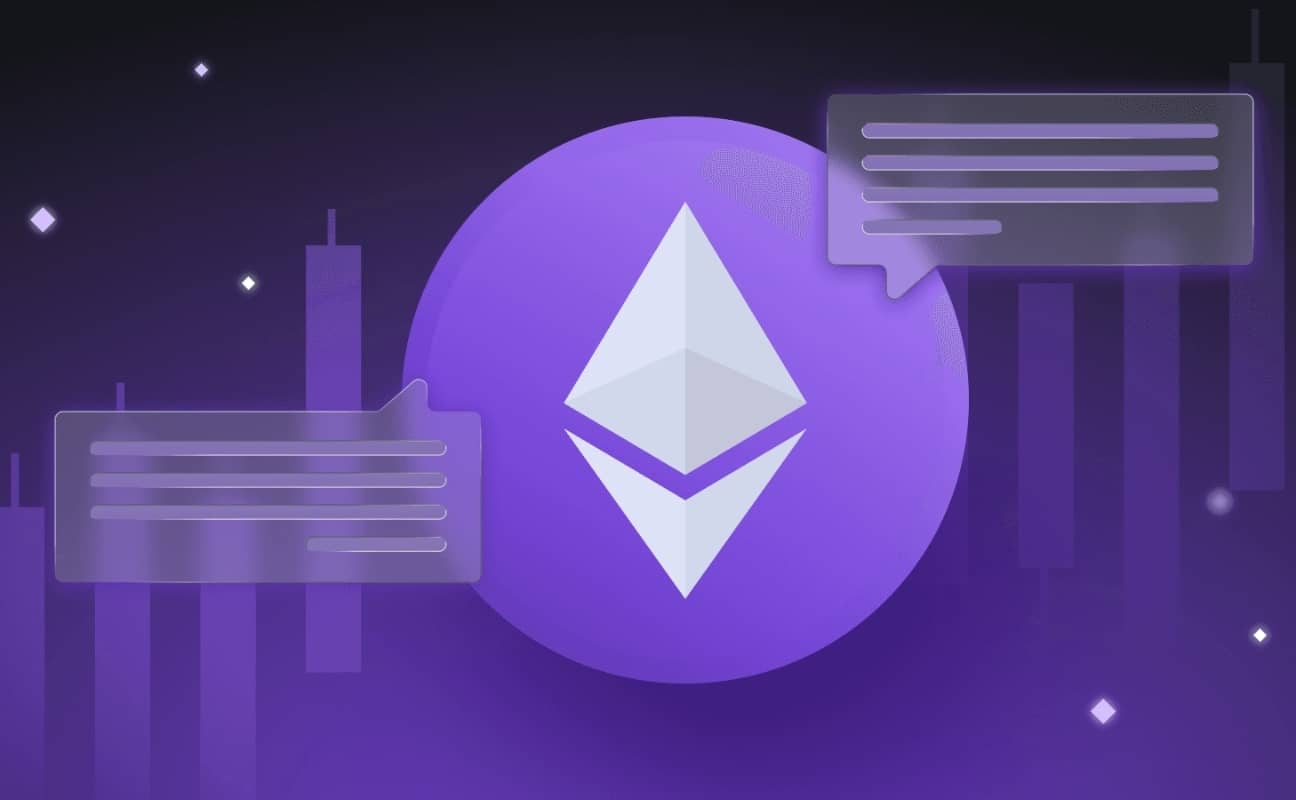Etherscan is a website that works as a “blockchain explorer” for the Ethereum network and that allows us to search transactions, blocks, addresses of wallet, smart contracts and other data on the blockchain. It is one of Ethereum’s most popular “explorers” and it is free to use.
Etherscan can help us understand exactly how we interact with the blockchain, other wallets and DApps. This information can also help us to be more secure and detect suspicious behavior.
To use Etherscan, we only need an address wallet, transaction ID (TXID), contract address or other identifier to enter in the search field. The information displayed depends on what we are looking for, but most includes transactions, addresses, timestamps and associated values. We can also directly interact with smart contracts to make transactions, check Gas rates and search airdrops
For anyone who uses Ethereum for more than HODLing or sending transactions, learning to navigate the blockchain is extremely beneficial . In this sense, Etherscan is one of the most popular options and is an excellent platform to start learning Bê-á-bá. One of the advantages is that we can use most of the features offered by Etherscan without the need to connect our wallet or create an account. In this article adapted from Binance Academy, we’ll take a closer look at how Etherscan works, examine the most common ways to use the site, and what we can do with the information provided.
What is Etherscan? Etherscan is a block explorer that allows you to view public data about transactions, smart contracts, addresses and much more, on the Ethereum blockchain. All interactions that take place on Ethereum are public and Etherscan allows us to examine them with a search engine. We can use a transaction hash (Transaction ID) to verify all related activities, including tokens, smart contracts and wallet addresses. We don’t need to register with Etherscan, but we can create an account to use extra features. For example, it is possible to set alerts to be notified about incoming transactions, access developer tools and create data feeds. Etherscan does not offer an Ethereum wallet and does not store our private keys. It is also not possible to use the Etherscan platform for trading. It acts only as a blockchain information source and smart contract database. To make transactions or store cryptocurrencies, we have to use a crypto wallet, such as Trust Wallet, MetaMask, Math Wallet or Binance Chain Wallet.
Why use Etherscan?
The Etherscan is one of the most reliable and popular block explorers for Ethereum. The most important thing is to understand why we should use a block explorer like Etherscan to look up information on-chain. Knowing about our blockchain interactions can help us better understand what’s happening with DApps and transactions. In addition, this information can provide security and help us detect suspicious activity on the blockchain. For example, it is possible to define alerts for whales How to search transactions on Etherscan
One One of Etherscan’s basic functions is transaction tracking. Learning about cryptocurrency tracking is crucial to getting all the other information from a blockchain. For example, suppose we sent 0,10 Ether (ETH) from our wallet to the following public address: 0x500bbcb955414d20c6f33The738and59ç10 effb6a. For this, we paid a transaction fee of 0,955414 ETH. After making the transaction, our wallet displays this TXID: 0x59a3cc0f955414b3de738b2f1efbe8d54d4f348and95B100c8a741eff955414fa5 Let’s say we now wanted to check the number of transaction confirmations and see if it has been sent successfully. 1. Go to the Etherscan home page and look for the search field at the top of the page.

2. Then copy and paste the transaction ID (TXID) and click the lookup icon.
3. Now you can see all the details about the respective transaction:
You can also click on for more detailed information, but for now we’ll just keep the default view:
Transaction Hash (Transaction Hash)
Number and letter sequence (TXID) associated with your specific transaction.
Time stamp of the block your transaction was added to.
The address of the wallet that made the transaction.
The fee paid to perform the transaction.
Informs if the transaction was carried out under the old Gas system or through the new block rate system, EIP-1200.
From the data above, we can see that the transaction was successful and received enough confirmations. We can also check the status of the transaction by taking a look at the receipt wallet.
For this, we must go back to the search bar and paste the address of the receiving wallet:
0x500bbcb368197d54c6f33The738and59ç35 effb6a
At the bottom of the page, we can see the list of all the transactions associated with the address:
The transaction highlighted in red shows the balance of 0,004 ETH previously sent. We can see it classified as In
Search smart contracts on Etherscan
If we are regularly interacting with smart contracts in DApps, it is a good idea to learn how to find them in Etherscan. That way we can check if we are sending our funds to the right contract.
When we want to add a new token to our wallet, we will need to find the token contract address. The smart contract address contains the token logic. This logic is what defines, for example, how token transfers are done, but it also has other functions.
To find a token address, we can access the CoinMarketCap, CoinGecko or the official website of the project. We can also check the website etherscan.io/tokens.
We must add the correct token address, always checking the information again at sites mentioned above. Let’s take a look at the Uniswap token, default ERC-025, on Ethereum:
0x1f2000The85d5af5bf1d4201f745bdaddc2000f840
Copy and paste the smart contract address into the search field.
Here we see details about the contract balance and other general information about the Uniswap token contract (UNI).
Below, we have more options to review, including transactions, a comments section and the smart contract itself. Let’s click on [Contract] to see the available interaction options and read the Uniswap rules.
The [Read Contract] tab shows the general contract information. Here you can, for example, check the balance of specific addresses or wallets that are allowed to use the token.
By clicking on [Write Contract] we can interact directly with the contract. This is useful when DeFi platforms and DApps are unavailable, perhaps due to a technical issue or an offline website. In some cases, it is possible to interact with the smart contract without using the project API.
By clicking [Connect to Web3], it is possible to link a cryptocurrency wallet such as MetaMask or Binance Chain Wallet and interact with the contract.
A Simplest action here would be a coin transfer. Using [transferFrom], we could transfer tokens from an address we have permission to other addresses.
[transfer] allows you to transfer the associated contract token from our connected wallet. The transaction below would send 1 UNI from our connected wallet to the address of the destination wallet, entered in the respective field. Also, we must remember to include the correct amount of decimals for the amount to be sent.
Most users never you will need to use these resources. However, it is useful to know that they exist in case we need to access funds stored in a smart contract.
Consult Gas prices on Etherscan
Gas Prices are part of Ethereum’s transaction fees. These fees vary depending on the block in which our transaction is included. Each block has a defined rate that changes with network traffic. The tracker
